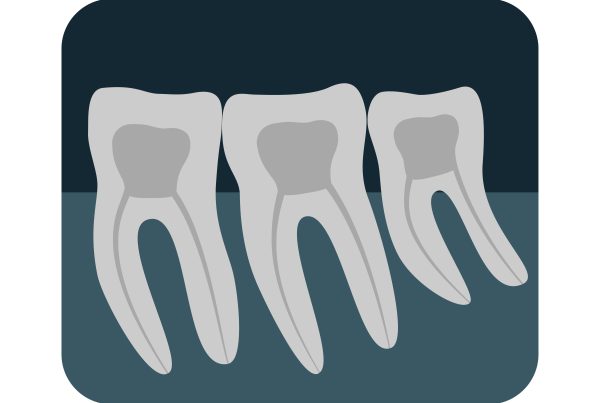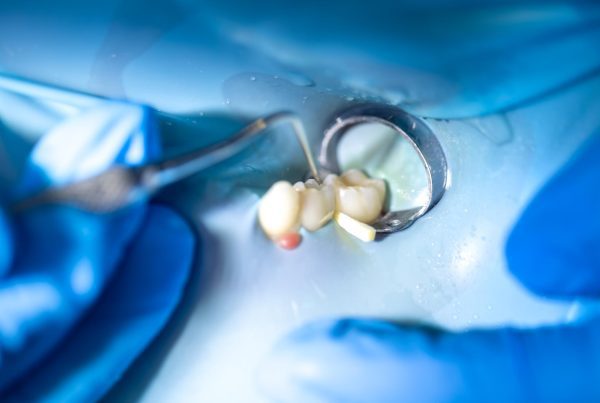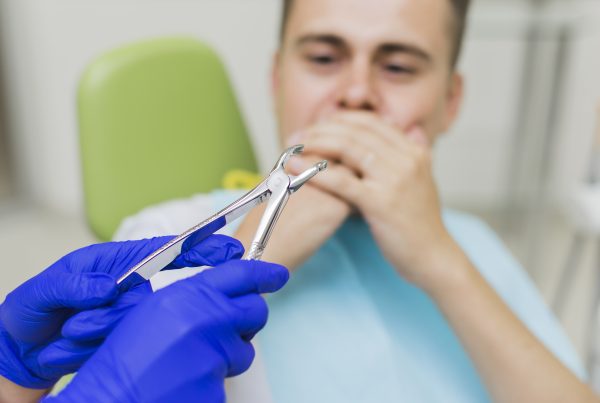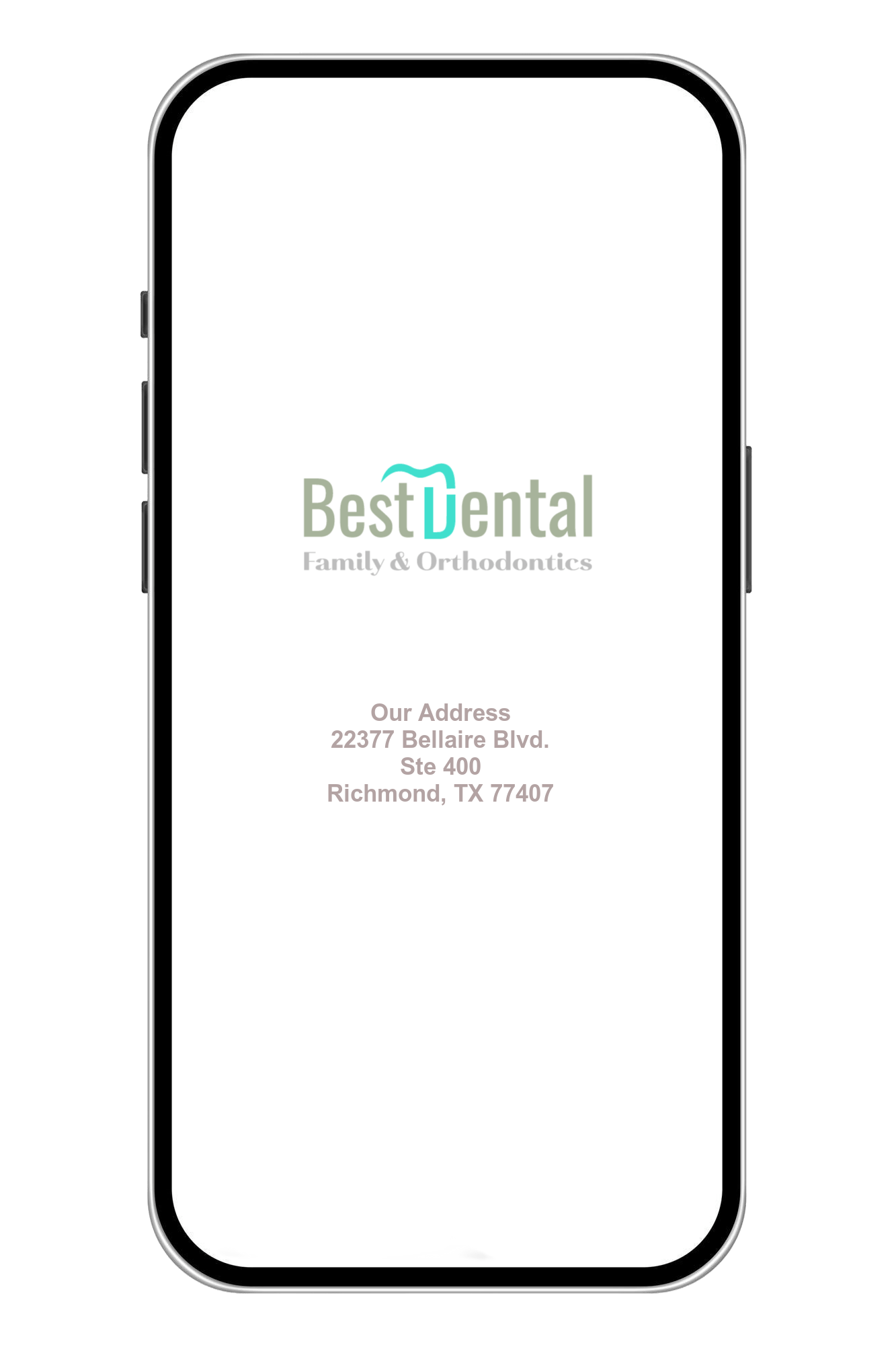Dental Extractions & Infected Teeth
Facing an infected tooth can be a painful and distressing experience, often prompting questions about the necessary dental interventions. When grappling with such dental distress, one common query that arises is whether a dentist can extract an infected tooth. Dental infections can lead to severe discomfort and potential complications if left untreated, prompting individuals to seek swift resolution. While the extraction of an infected tooth might seem like a daunting prospect, it is a procedure frequently employed by dentists to alleviate pain, prevent further infection, and restore oral health. Understanding the process, implications, and considerations involved in extracting an infected tooth can provide clarity and reassurance to those grappling with this dental predicament.
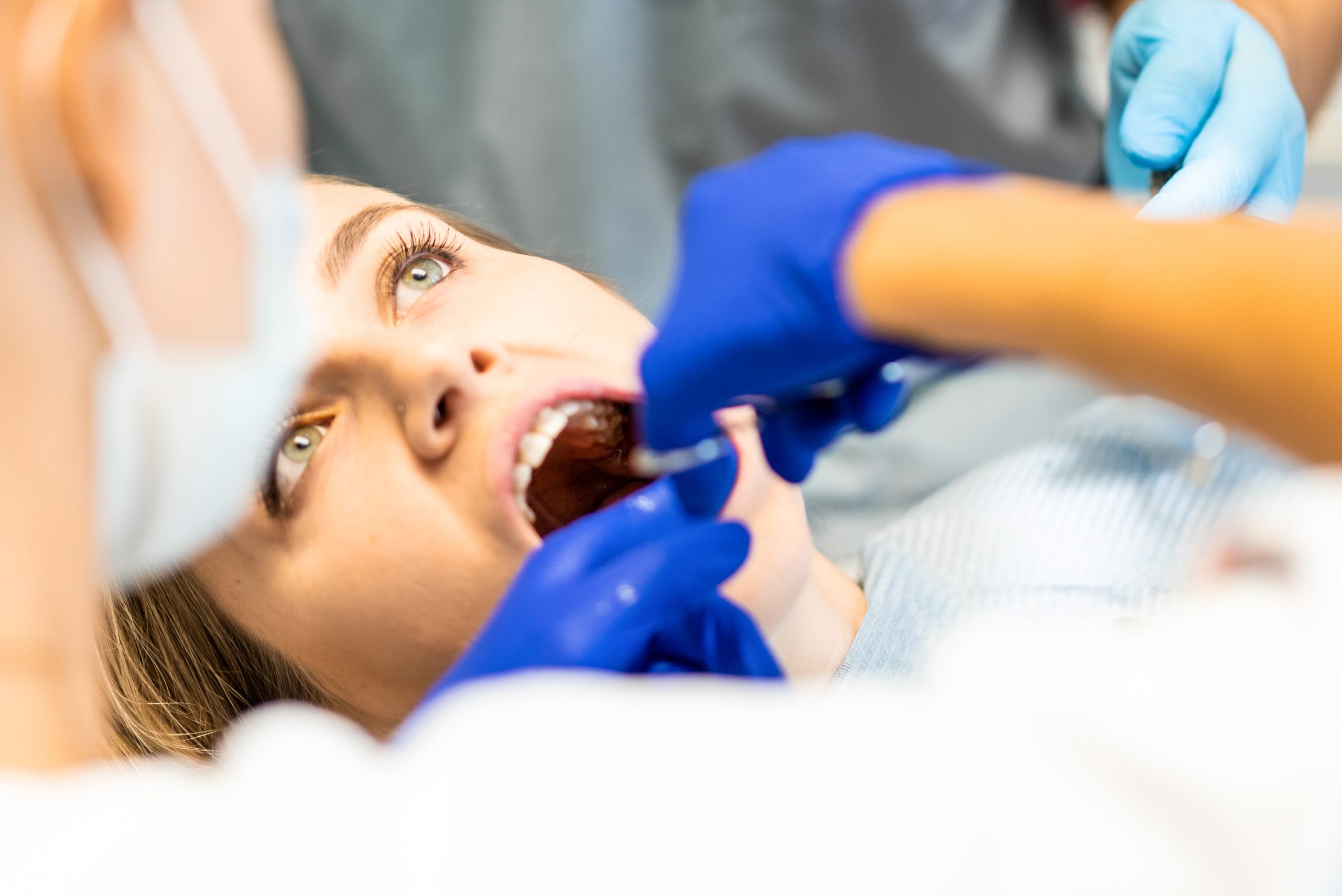
What causes a tooth infection, and how does it develop?
A tooth infection, also known as a dental abscess, typically occurs due to bacterial invasion within the tooth’s inner chamber, known as the pulp. This invasion often stems from untreated dental decay, cracked teeth, or trauma that allows bacteria to penetrate the protective enamel and dentin layers. When these bacteria reach the pulp, they can cause an infection, leading to the accumulation of pus, inflammation, and severe discomfort. In some cases, gum disease or periodontal problems can also contribute to tooth infections by allowing bacteria to access the root of the tooth. Without timely intervention such as a root canal treatment or extraction, the infection can spread, causing severe pain, swelling, and potential complications affecting both oral health and overall well-being.
When does a tooth infection necessitate extraction?
A tooth infection might require extraction when it reaches an advanced stage or when other treatments, such as root canal therapy, are ineffective or impractical. Dentists typically consider extraction when the infection has severely damaged the tooth structure, compromising its integrity beyond repair. If the infection has extensively damaged the pulp, root, or surrounding bone, extraction becomes a viable option to prevent the infection from spreading further. Additionally, situations where the tooth is too decayed or weakened to support a restoration, or in cases of severe periodontal disease causing irreparable damage to the supporting tissues, extraction might be the recommended course of action to alleviate pain, prevent further complications, and restore oral health. Factors like the patient’s overall health, the tooth’s position, and the extent of infection guide dentists in determining whether extraction is the most suitable solution.

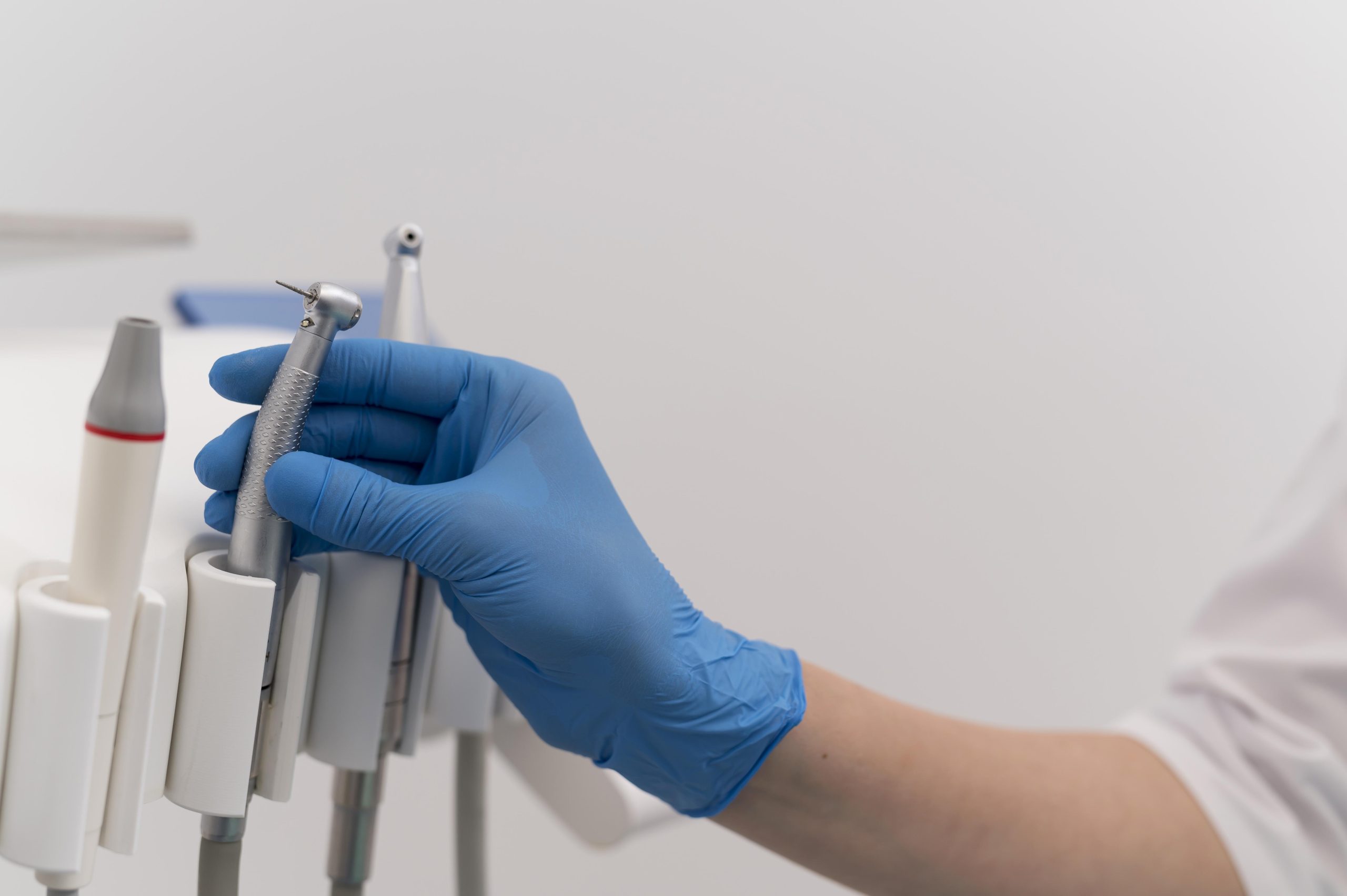
How does the extraction process for an infected tooth differ from a regular tooth extraction?
The extraction process for an infected tooth may differ from a regular extraction due to the complexities posed by the infection. Typically, infected teeth are surrounded by inflamed tissue and might be more fragile, making the extraction process potentially more challenging. Dentists may administer additional measures, such as antibiotics before the procedure, to reduce infection and inflammation, making extraction safer and more effective. In some cases, draining the abscess or treating the infection beforehand may be necessary to minimize complications during extraction. During the procedure, dentists may exercise extra caution to ensure complete removal of the infected tooth, carefully cleaning the area to minimize the risk of spreading the infection. Post-extraction care might also involve a course of antibiotics or special instructions to promote healing and prevent further infection. Overall, the emphasis on managing the infection and ensuring thoroughness in cleaning the area distinguishes the process of extracting an infected tooth from a routine extraction.
Are dentists able to extract infected teeth?
Yes, dentists are equipped and trained to extract infected teeth. Dental professionals, including general dentists and oral surgeons, routinely perform tooth extractions, including those affected by infection. They have the expertise to assess the condition of the infected tooth, determine the appropriate treatment plan, and conduct the extraction procedure safely and effectively. Dentists may use local anesthesia to numb the area before extraction and may also provide antibiotics before or after the procedure to manage the infection. In cases where the extraction is complex or involves a high level of infection, a referral to an oral surgeon might be considered to ensure specialized care and expertise in managing more complicated extractions. Overall, dentists have the necessary skills and tools to extract infected teeth and often do so to alleviate pain, prevent the spread of infection, and restore oral health.

Are there specific post-extraction care instructions for an infected tooth?
Yes, specific post-extraction care instructions are crucial, especially for an infected tooth, to promote proper healing and prevent complications. Some post-extraction care guidelines for an infected tooth may include:
- Bite on gauze: Bite down gently on a clean gauze pad placed over the extraction site to control bleeding. Change the gauze as instructed by your dentist.
- Take prescribed medications: Follow your dentist’s prescription for antibiotics or pain medications to manage infection and discomfort.
- Avoid vigorous rinsing or spitting: Refrain from rinsing the mouth forcefully or spitting for the first 24 hours post-extraction to avoid dislodging the blood clot and interfering with the healing process.
- Apply ice: Apply an ice pack on the cheek or jaw near the extraction site to reduce swelling and discomfort in the initial hours after the procedure.
- Maintain oral hygiene: Continue gentle brushing and flossing of other teeth, but avoid the extraction site. Your dentist might recommend a saltwater rinse after 24 hours to aid in healing.
- Follow dietary restrictions: Stick to soft foods and liquids for the first few days to avoid putting pressure on the extraction site. Avoid hot beverages and drinking through straws.
- Avoid smoking and alcohol: Refrain from smoking and consuming alcohol, as these can impair healing and increase the risk of complications.
- Attend follow-up appointments: Schedule and attend any recommended follow-up appointments with your dentist to monitor healing and address any concerns.
It’s essential to follow your dentist’s specific post-extraction care instructions, as they may vary depending on the severity of the infection, the location of the tooth, and individual health considerations. These instructions aim to ensure proper healing and reduce the risk of post-extraction complications.

